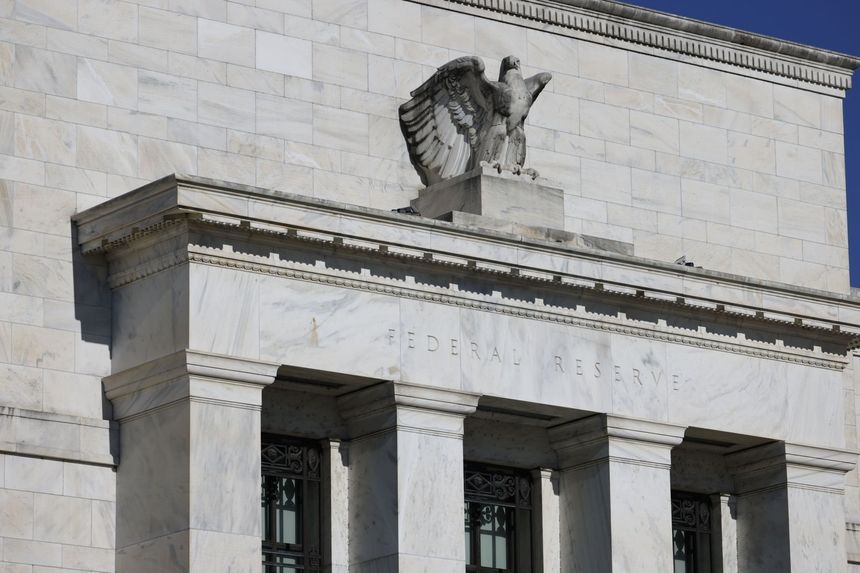The Federal Reserve building in Washington, Dec. 30, 2022.
Photo:
Ting Shen/Bloomberg News
It shouldn’t come as a surprise that financial markets expect the Federal Reserve to cut its federal-funds-rate target before the end of 2023. The inversion of the Treasury yield curve suggests such an outcome. The financial media is filled with assessments that rates are too tight, not too easy.
But what’s more deserving of attention is the bond-market signal suggesting that the return to sound money and a more stable long-run economy has begun. Indeed, the so-called real yield on the 10-year Treasury inflation-protected securities now sits above 1%, up from negative 1% about one year ago. With the highest real yield since 2011, savers can expect short-term rates to exceed the rate of long-run inflation for the next decade.
For years, economists have struggled to explain why real yields and “r-star” estimates—a thriving economy’s real equilibrium rate—were so low. Some argued that the world was succumbing to secular stagnation, a pessimistic view that savings chronically exceeded investment. The low-rate environment came at the expense of savers, whose assets struggled to keep up with low levels of inflation. Other economists attributed the low yield to such secular forces as demographics and aging, although the magnitude of these factors has been ambiguous and their consistency over time uneven. Such forces, moreover, don’t change overnight and are unlikely explanations for the recent rise in the real yield.
But there are two policy-based factors that may explain the change. The first is the significant expansion of anticipated U.S. fiscal deficits over the next decade, as projected by the Congressional Budget Office. The Federal Reserve reported in a 2007 paper that every percentage-point increase in U.S. structural deficits—except during recessions, such as the one brought on by Covid—increased long-term borrowing costs by about 0.25%. That relation suggests that some of the…
Click Here to Read the Full Original Article at RSSOpinion…

